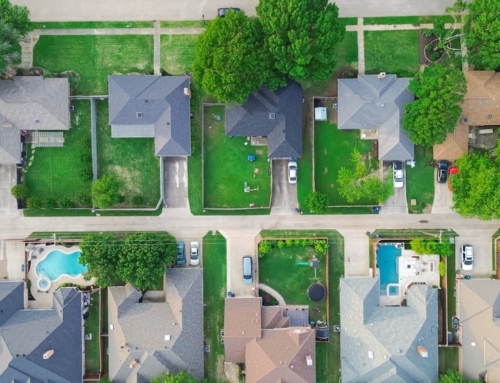Hispanic homeownership rate projections rise: influence the housing market and may become a source for economic growth in the housing market.
 For many Hispanic families, owning a home has not been in the cards; renting is closer to the norm. Even though Hispanic families may dream of owning a home one day, affording a down payment remains an obstacle, along with other financial issues.
For many Hispanic families, owning a home has not been in the cards; renting is closer to the norm. Even though Hispanic families may dream of owning a home one day, affording a down payment remains an obstacle, along with other financial issues.
This Hispanic housing pattern may be changing, according to Census Bureau data that reports the number of Hispanic homeowners grew by 288,000 from the second quarter of 2011 over the third quarter of 2011. With 545,000 new household units in the third quarter, over half were Hispanic households. As Hispanics grow in numbers and continue to buy homes, it’s likely they will wield a greater influence on the housing market, particularly in states where the growth in the Hispanic population has grown extensively during the last ten years.
Unfortunately, the housing crisis and the financial meltdown from 2008 has hurt the employment prospects of Hispanics making their entry into the housing market even harder. According to a report by The National Association of Hispanic Real Estate Professionals (NAHREP), subprime loans were issued 2.3 times more often to Latino borrowers than to non-Hispanic White borrowers in 2006, at the peak of sub-prime mortgage lending. While some may debate the merits of subprime lending, these subprime loans allowed greater home ownership possibilities to Hispanics.
These days one of the lingering problems resulting from the housing bubble and crash can be the loss of homes by Hispanics to foreclosure. Indeed, between 2007 and 2009, Latino borrowers experienced a 7.7 percent foreclosure rate, losing nearly 340,000 homes.
If 2012 is the year when the housing market begins to recover, then the new data on growth among Hispanic homeowners is a step in the right direction. In order for the economy to improve significantly, the housing industry needs a strong consumer boost. Whether that financial boost to the housing sector can be influenced by the Hispanic population will need to be seen, but given that they are the fastest growing minority group in the country, the source of grown may come from them. The 50.5 million Hispanics in the United States with an estimated disposable income of $1.2 trillion have the potential to revitalize the housing sector.
According to the NAHREP, within the next 15 years, Hispanics are expected to drive demand for condominiums, smaller starter homes and first trade-up homes. They are also expected to represent a rapidly growing segment of the middle and middle-upper markets for housing.
In the NAHREP survey, 34 percent of Hispanics said they are likely to buy a home in the next three years, compared to only 24 percent of all Americans. Ernie Reyes and Gary Acosta, co-founders of NAHREP said home-buying activity among Latinos will be even greater as the market stabilizes. Reyes and Acosta have tracked the progress of Hispanic homeownership over the past 10 years. “Latinos do not believe in renting.” “They believe in owning,” says Reyes. “If our community was given half the opportunity it deserves, this volume would grow by leaps and bounds.”
Building roots, calling a place your own, and sharing a home with your family are all concepts many Hispanics can understand and aspire to accomplish. As the economy rebounds, the housing industry will need to effectively address the homeownership needs of Hispanics, which vary from affordable housing to savings programs. Even so, the most recent data on Hispanic homebuyers is certainly welcome and hopeful news for me and other Hispanic families aspiring to own homes.






Leave A Comment